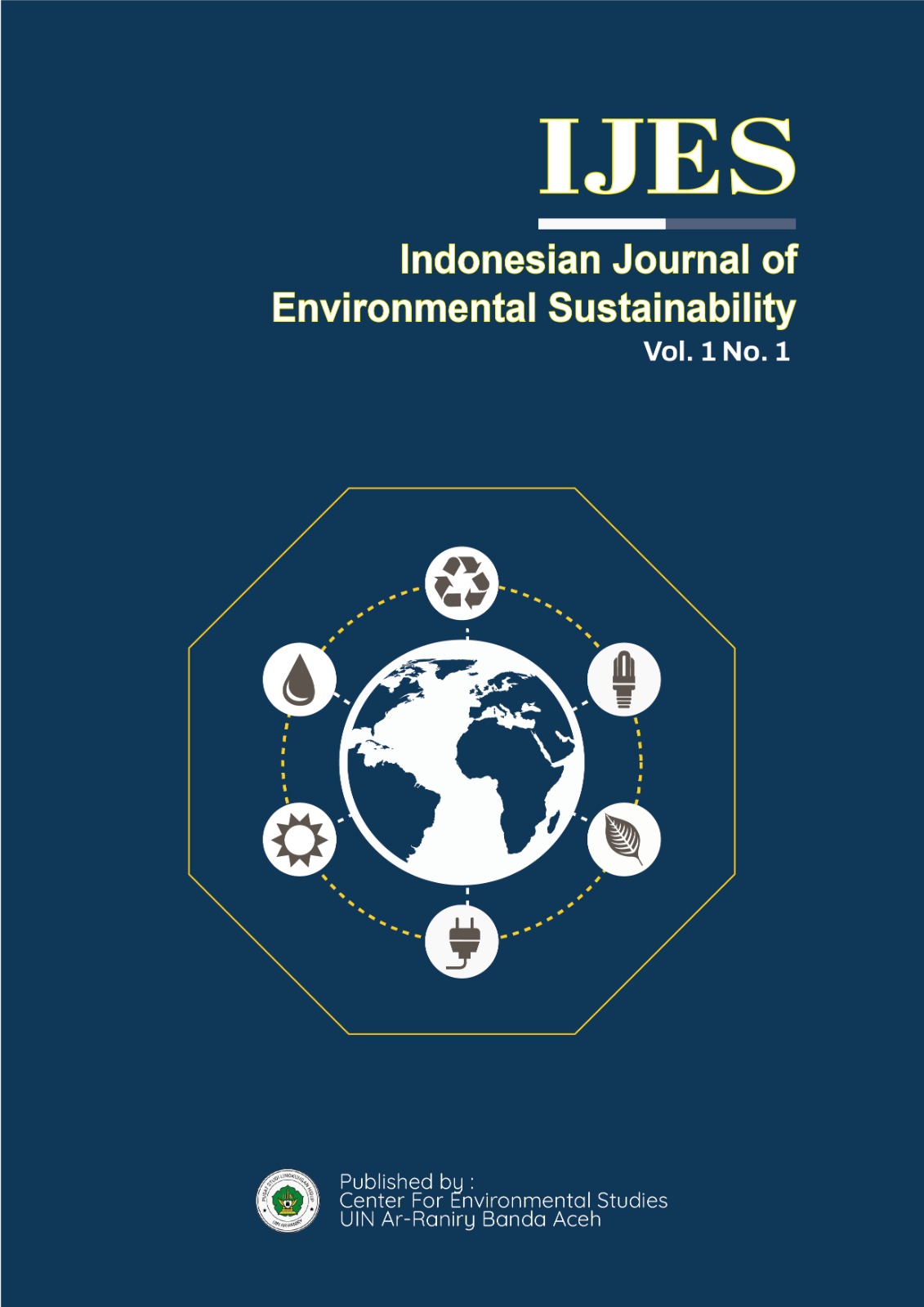DOMESTIC WASTEWATER TREATMENT PLANT DESIGN (CASE STUDY: MITA MULIA HOTEL, BANDA ACEH)
DOI:
https://doi.org/10.22373/ijes.v1i1.4146Keywords:
Domestic Wastewater; WWTP; Anaerobic-Aerobic BiofilterAbstract
Mita Mulia Hotel is located within the largest university in Aceh Province, Indonesia. The number of rooms occupied increases when events such as graduation ceremonies occur, resulting in a higher volume of wastewater generation. Mita Mulia Hotel produces approximately 30,000 liters of wastewater from the cafe, kitchen, laundry, bathrooms, and washbasins daily. Preliminary water quality tests for Mita Mulia Hotel's wastewater, including COD, BOD, TSS, Oil and Grease, and Ammonia parameters, have been shown to exceed the standards set by the Minister of Environment and Forestry Regulation Number 68 Year 2016 regulate Domestic Wastewater Quality Standards. Mita Mulia Hotel uses the Anaerobic-Aerobic Biofilter method to treat their wastewater, equipped with Grease Trap Tank, Initial Sedimentation Tank, Anaerobic Biofilter Tank, Aerobic Biofilter Tank, and Final Sedimentation Tank. The total planned land area required is 18.75 square meters, with the Bill of Quantities (BoQ) encompassing activities ranging from standard soil excavation for construction to reinforcement works with plain concrete steel (rebar). These include formwork for floors, walls, and roofs.
















